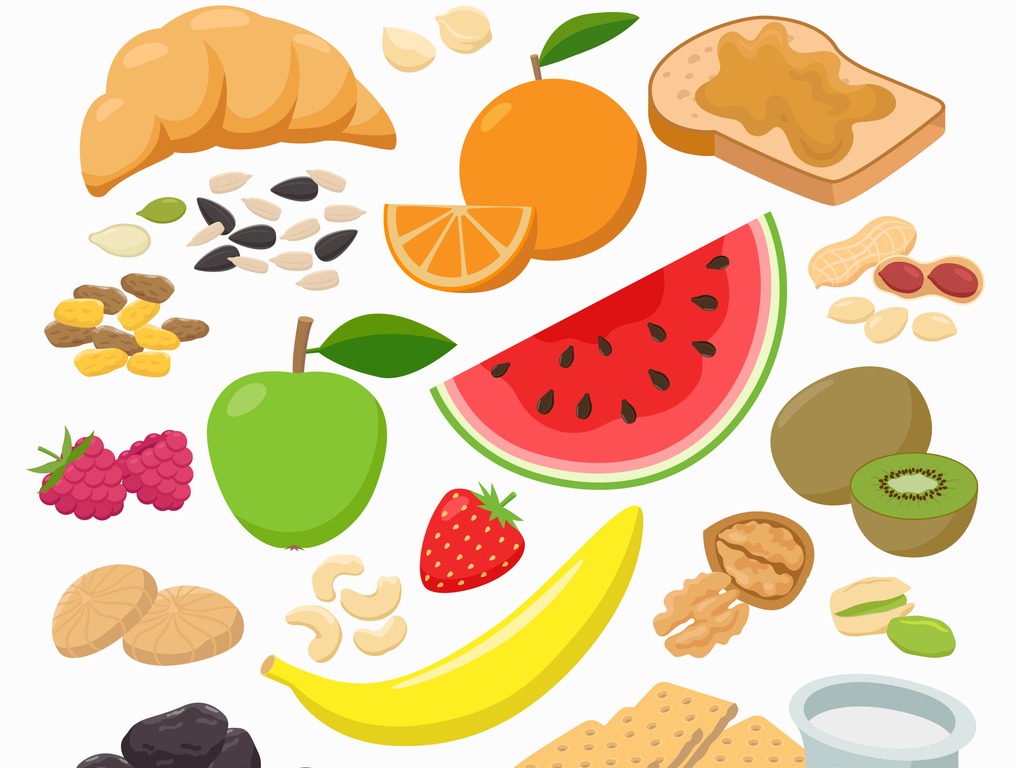
Choose snack food that is aligned with your body’s need for protein and healthy fats, explains Heather Denniston
You have been warned that snacking is terrible. You have been encouraged that snacks are essential. What if I told you that they are both?
Imagine the scene: A covert meeting of food executives, likely in the late 1920s. Influential company leaders, leaning in at a large conference table, plotting to hook the world on packaged foods.
“Cookies and crackers and chips, oh boy!”
Across the glossy veneer of this conference table, the concept of the formidable “snack” was born. A clever marketing ploy designed to promote sales of a new category of small, packaged items, typically carbohydrate-rich, all marketed to funnel through this new and very lucrative sales channel.
One problem.
There are no snacks. There is no “dinner,” “lunch,” or “breakfast.”
There is just food.
Food that converts to energy, fueling the next few hours of your day.
Now, as amusing as the origin story might be, let’s face the reality that as executive support professionals, we often put our needs at the bottom of the list. Conscious and planful eating is more uncommon than common. But when you think about the daily balancing of multiple tasks and demands, it’s essential to consider your fuel with the conscious care of a competitive athlete.
You can even dig into the science to get backup; a report from Harvard Health1 suggests that balanced snacks help maintain steady blood sugar levels, which is crucial for sustained energy and productivity.
Is Snacking Good or Bad?
Wrong question.
Here are the questions we should be asking:
- When did I last eat?
- Is there something coming up in the next couple of hours that will require extra energy?
- Am I truly hungry (as opposed to being bored or needing a distraction)?
- Finally, what is my body asking for? (Spoiler alert—it is never chips or crackers. I promise.)
When did I last eat?
If it has been four or more hours since your last food, you may want to consider some fuel. If you are adhering to a fasting schedule or have a particular cadence of eating you are trying to follow, this will not pertain to you. For the rest of us, acknowledging food timing is important.
If your response to the question is “five minutes ago,” you are likely experiencing “head hunger” – boredom or distraction motivations for eating. But if you are several hours from your last food, eat something yummy and delicious to ramp up your energy for the next few hours.
What’s up next?
Think about what is happening in the next few hours. If you plan to sit on the couch and watch Netflix, you likely need little to no food for that sedate activity. If you are planning a back-to-back CrossFit workout, eat!
Am I truly hungry?
See the note above on boredom or distraction eating.
What is my body asking for?
Many of us have failed to consider what our bodies are requesting when it comes to food. We are, however, finely attuned to our emotions’ persuasive arguments! (#chocolate)
Our body, versus our emotions, is a more grounded and level-headed decision-maker. It doesn’t complicate things. It wants a protein, a fat, a carbohydrate or some combination.
Fat has more energy per gram than protein and carbohydrates (carbs). That means that fewer fat calories pack a more sustaining long-term energy hit than carbs.
Carbs are your quick hit and fizzle. You will get some speedy energy, but there is often a sharp decline that looks like an afternoon slump or fogginess.
Protein is like fat in that it provides great sustainable energy, but it’s a little less calorie-dense.
How Do You Decide What Your Body Is Asking For?
According to a study published in theAmerican Journal of Clinical Nutrition2, protein and fat consumption lead to prolonged satiety and reduced overall calorie intake more than carbohydrate-rich meals.
When you are busy executing on all the demands of the day, stick to snacks that are a rich combination of protein and fat. Leave the carbohydrates for before your run or to prep for a heavy lift at the gym.
When following this system of choosing protein and fat for your snacks, there is an added bonus! Beginning around age thirty, particularly in women, we commonly become significantly protein deficient. This is a problem because at that same time we also start losing lean muscle. Consuming a diet of increased protein provides the building blocks to maintain your muscle mass and the energy needed to engage in activities to help support strong muscles.
So, I formally give you permission to snack, but let’s do it right. If you feel hungry and you are in an eating window, have some food; but reach for these quick, nutrient-dense options instead of the usual carb-laden suspects.
Your Go-To Snack Stash
Here are six suggestions to create a go-to snack stash that is not overly tempting but is rich in nutrients and flavor!
Chia pudding
One of my favorite options. Hydrate 3-5 tablespoons chia seeds with nut milk or water and then stir in chocolate protein powder, blueberries, and walnuts. Delicious!
Hijack dinner
Make more dinner than you need and save portions in small containers for snacking later. Examples might include salmon and sautéed kale, chicken and steamed asparagus, or leftover salad with some tuna. These “snack-sized” portions are super satisfying.
Bone broth
Bone broth is one of the most nutrient-rich foods we can consume. Loaded with protein, collagen, healthy fats, and tons of immune and vitality boosters, it is a tremendous snack choice. It is very simple to make your own, but good news: there are plenty of fantastic “ready-to-consume” store brands.
Meat wraps
One of my favorite mini-fuels is wrapping clean, well-sourced deli meat around something yummy. A thin slice of avocado, slivered veggies, or bacon with a slice of tomato makes for a protein-packed and delicious snack. These wraps are easy to prepare and perfect for a quick energy boost.
Nuts and seeds
Okay, my little chipmunks, nuts and seeds are always a great snack go-to. I create a weekly mason jar of raw organic nuts and seeds and grab a small handful when “hangry” hits. Variety is the key. My favorite mix includes pumpkin seeds, sunflower seeds, walnuts, cashews, and pecans. Remember nuts are higher fat, so a little portion goes a long way!
Protein punch
Snacks do not have to look like “snacks.” You are just onboarding an energy source, like putting gas in a car. Here are some power-packed proteins combined with delicious healthy fats: hardboiled eggs, avocado and tuna salad, sardines, smoked salmon, or beef jerky.
Bonus snack idea
Water! It is not glamourous, but very often “hangry” is actually “thirsty.” When that hungry feeling hits, grab a big glass of water and wait 10 minutes. Once your body’s cry for hydration is satisfied, the hunger you were experiencing often magically disappears.
Conclusion
In their book Next Level3, Stacy T. Sims and Selene Yeager discuss the importance of listening to your body and choosing snack food that is aligned with your body’s need for protein and healthy fats.
Therefore, let’s consider the partnership we have with our body. Listen when it asks for “more energy, please,” and opt for snacks that fit that profile.
This approach will help you avoid the dreaded carb crash, stop you from overeating, and keep you energized and focused throughout your busy day.
References
- Harvard Health Publishing. (2020). The importance of balanced snacks. Link
- Rolls, B. J., Hetherington, M., & Burley, V. J. (1988). The specificity of satiety: The influence of foods of different macronutrient content on the development of satiety. The American Journal of Clinical Nutrition, 47(5), 773-785.
- Sims, S. T., & Yeager, S. (2022). Next Level: Your Guide to Kicking Ass, Feeling Great, and Crushing Goals Through Menopause and Beyond. Link










